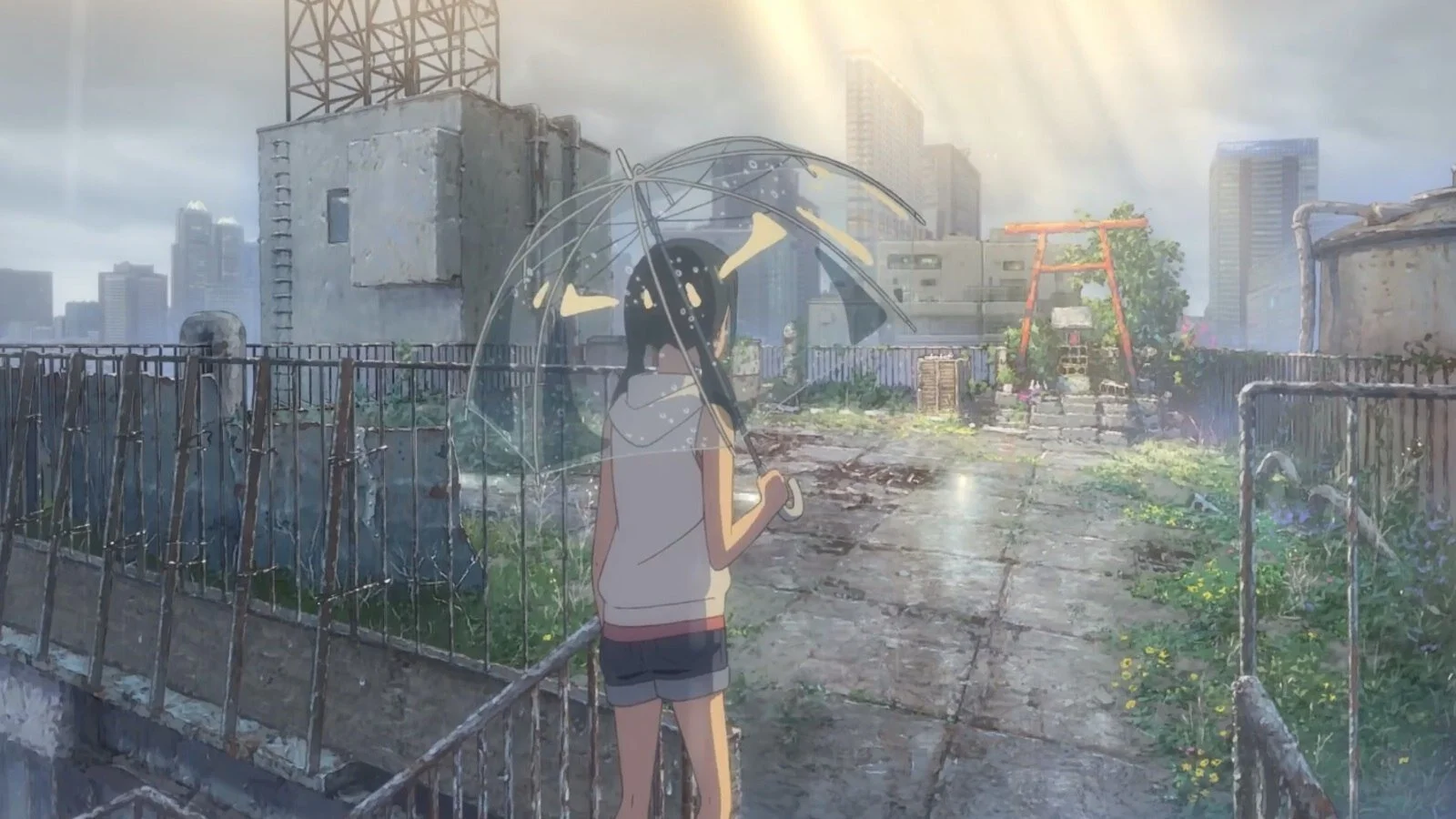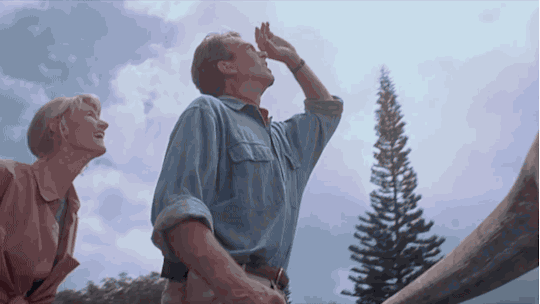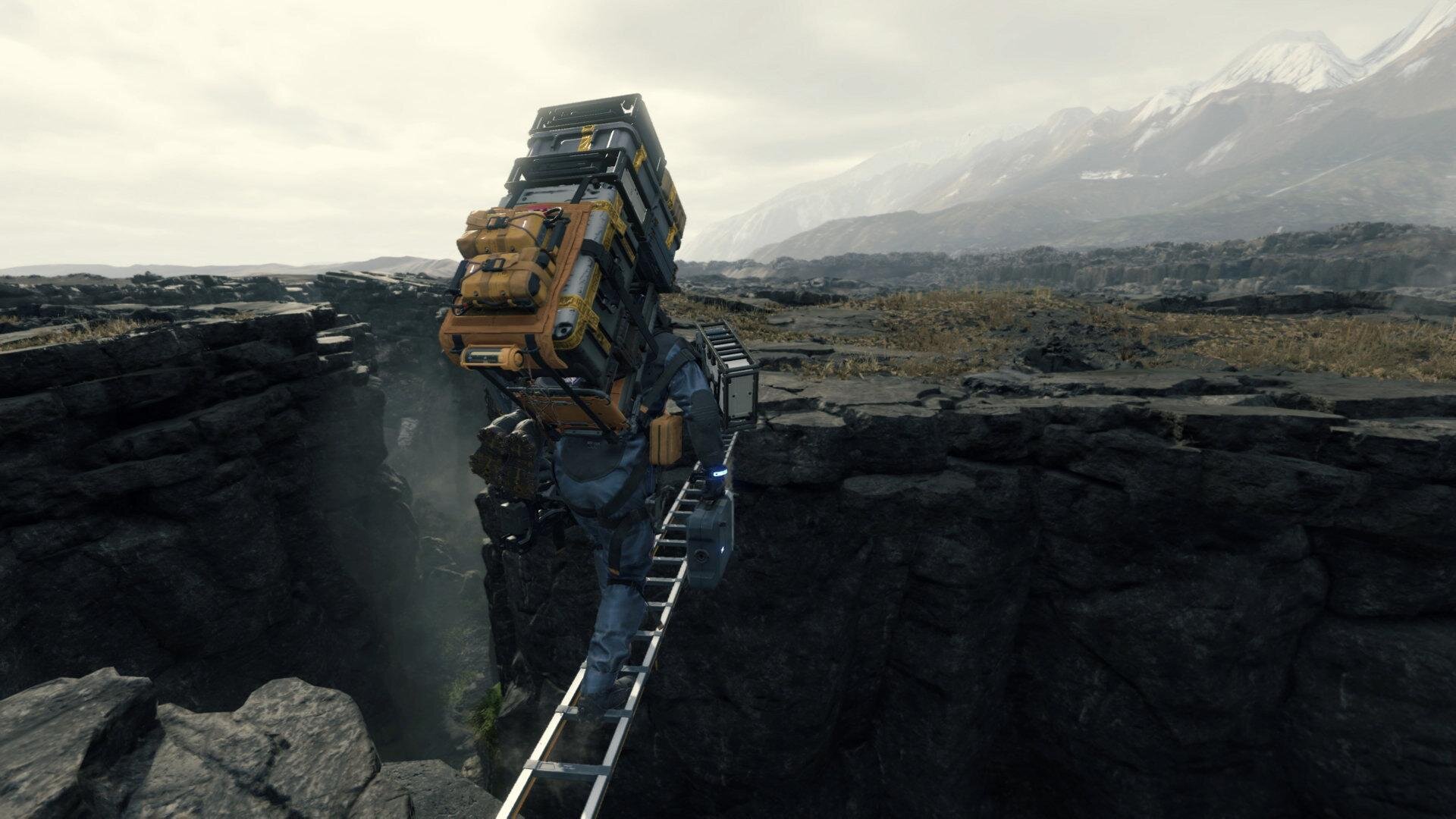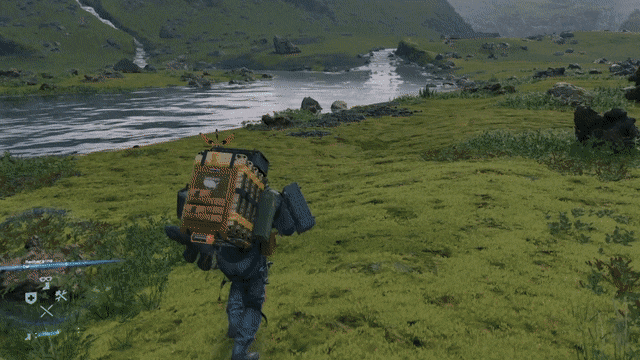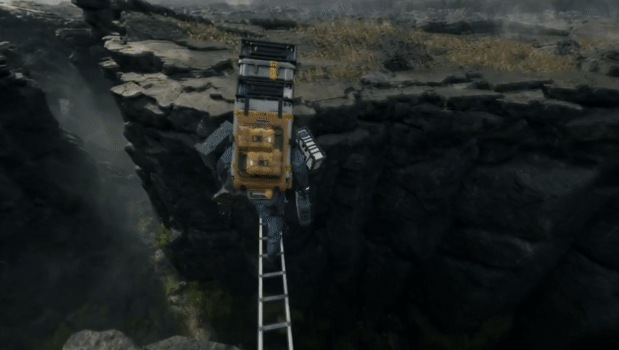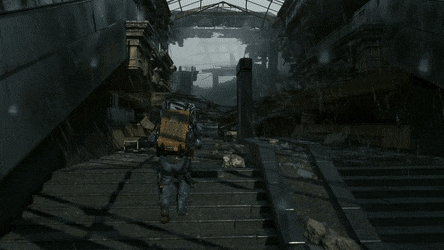My plan this year is to be intentional with what I consume. I want to make space for the diverse media I enjoy (movies, series, books, and video games) by reducing the amount of filler content (e.g. half-decent Netflix series I put on to half-watch while I do other things). In service to this, and to keep myself accountable, I’m taking time at the end of the month to reflect on what I consumed and how it’s impacted my own creativity. Other musings and creative endeavors will probably show up here; it is a journal after all.
This month I went to space, became a post-apocalyptic mailman, and was inspired/discouraged by an incredible short story collection.
FOR ALL MANKIND
The only Apple TV+ series I’ve watched so far, and it turned out to be a good investment of my time. For All Mankind intelligently answers the question, “What if the Russians got to the moon first?” The series faithfully recreates the early years of NASA and writes believable new obstacles for these historical characters.
It’s slow-paced, which may put some people off, but history is slow-paced. For All Mankind succeeds because it captures this gradual process of the real NASA program. Conflicts revolve around physics, politics, and people. And people are front and center. All too soon, I was invested in the lives of both new and historical figures. Feeling their anxieties, and their relief.
For All Mankind is no stranger to catastrophic failures. Wisely, though, the series shows great restraint in this regard. It would be easy to cram this imagined NASA program full of dire spectacles to make it more ”exciting.” Instead, the creators recognize why NASA captured Americans’ imagination: they reached for the stars and succeeded. The series often depicts missions that go exactly as planned. Yet, disaster can strike at any time and without warning. Because we watch every step of preparation for each mission, and know the consequences of one mistake, each launch makes you hold your breath and hope everyone comes back safe.
WEATHERING WITH YOU
Though I enjoyed Your Name more, Makoto Shinkai’s previous film, Weathering’s achievement is not diminished. Shinkai and his team again demonstrate an incredible ability to blend 2D and 3D animation with their latest effort.
The advantages of placing 2D animated subjects in 3D modeled spaces are obvious. For example, adding depth to the frame or simulating sweeping camera moves (the later a technical nightmare if rendered by hand). But early attempts were horrendous. The techniques clashed and caused the aesthetic to nose dive, much like early 3D in live-action movies.
Shinkai’s work is some of the first where blending 2D and 3D has elevated the end product. I still notice when a scene utilizes 3D, but instead of cringing at the result, I marvel at it. The 3D is rendered in such a way that it matches the texture and detail of the 2D animation. More importantly, I think, Shinkai takes advantage of this 3D freedom sparingly.
Your Name and Weathering with You follow this lesson illustrated by Jurassic Park and Beauty and the Beast, both early adopters of 3D animation: less is more.
Jurassic Park only has 14 minutes with dinosaurs on screen. Just four of those minutes utilize CGI.
Beauty and the Beast used 3D only for the ballroom scene. This was made possible through a collaboration between Disney and Pixar.
DEATH STRANDING
I’ve spent hours delivering packages on foot and enjoyed every moment of it. Gameplay is king in regards to video games. Every medium has its king. Some interpret “good gameplay” to mean fun. That is reductive. Good gameplay imbues a sense of accomplishment.
When I spend twenty minutes gathering equipment, planning a route, navigating rough terrain with 100 kilograms of supplies on my back, watching my center of balance so I don’t fall down a rocky slope, laying down ladders to cross ravines and repelling down down sheer cliffs, and then I arrive at my destination exhausted, boots worn to tatters but my cargo intact, the satisfaction is incredible.
Those who accuse Death Stranding of being boring or having poor controls have a narrow imagination. Death Stranding invites the player to inhabit a post-apocalyptic world where mundane tasks are vital again, even heroic. It is not a world everyone will enjoy, that is natural. But it is a sin to confuse preference with “bad gameplay.” The video game medium is richer thanks to Death Stranding.
STORIES OF YOUR LIFE AND OTHERS
Y’all remember Arrival? It was adapted from a short story in this collection. I thought I’d pick it up and read the original. Bad idea. The whole collection made me depressed.
I did script coverage in L.A. for a few months, which is essentially writing book reports for screenplays. I read some terrible scripts. And I read one titled Story of Your Life. Here’s what I thought:
The twist in the script intrigued me, but I eventually forgot it. Years later, I heard about a movie called Arrival. People said, ”It has aliens. It’s like Contact.” ”Stop. You had me at aliens. I don’t even need to see a trailer.” But walking into the theatre, I got a strange feeling that I already knew what I was about to see.
I did. And I remembered most of it. Everything except the twist. At the reveal, what manifested as a tingle down the spine while reading the script, became a full-blown spiritual revelation.
So, yes, it’s about time I read the short story that started it all. Story of Your Life was in the middle of the collection, but I started at the beginning; I am not a savage. The first short bowled me over. Brilliant. The stories that followed were less so, but fascinating all the same. Stories of Your Life didn’t have the same impact the third time around either. Yet, this thought kept interrupting my reading, ”How can I ever write something this good?”
Stories of Your Life alternates between future and past tense, which cleverly leads the reader to the conceit before the reveal. I think it would have been quite impactful if I had read this version first. I noticed the writing style changed with each short story: first person, third person, past, present, future… as did the setting, concept, tone, even genre…
It reminded me of my Ekphrasis project. A different story, theme, and voice every week… and then I thought, ”Maybe I can write a short story collection.”
“Every lie we tell incurs a debt to the truth.”
— Chernobyl (2019)


